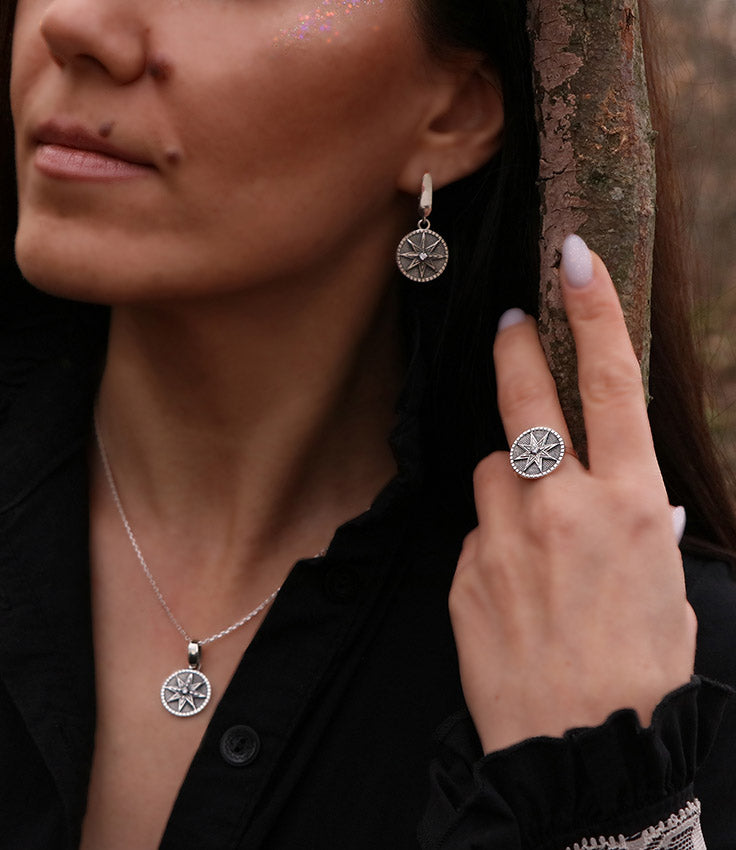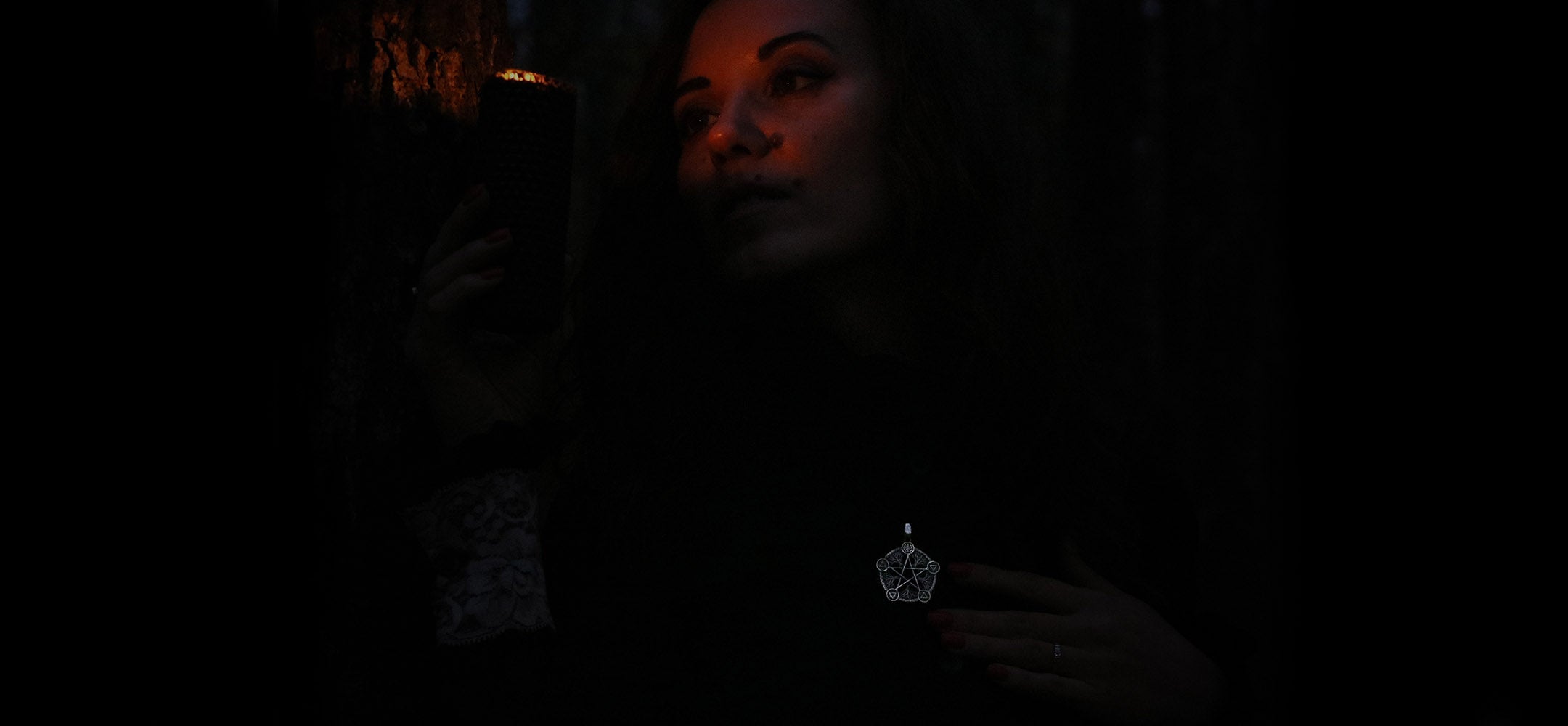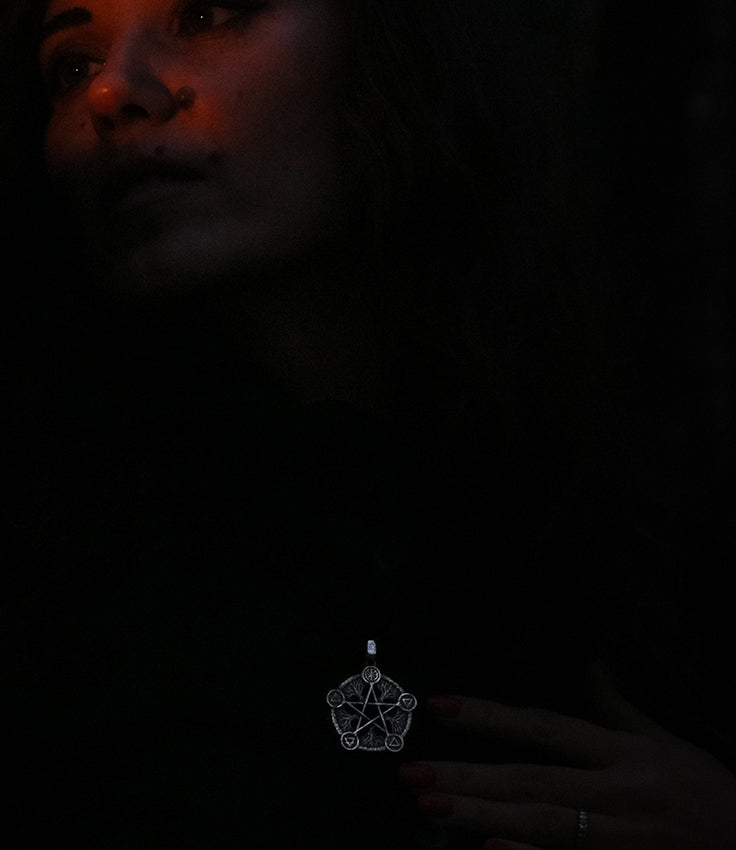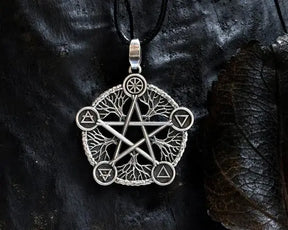The tradition of lighting the Yule log is one of the oldest and most cherished customs associated with Yule, the pagan celebration of the Winter Solstice. This ritual is steeped in symbolism, honoring the return of the sun and the renewal of life, even in the heart of winter. Let’s explore the deeper meaning and steps involved in lighting the Yule log, as well as its historical and cultural significance.
Origins and Symbolism of the Yule Log
The Yule log tradition dates back to pre-Christian, pagan Europe, particularly among the Germanic, Celtic, and Norse peoples. Yule, marking the Winter Solstice, was a time to celebrate the longest night of the year and the gradual return of longer days as the sun began to rise higher in the sky once again. The burning of the Yule log was a symbolic gesture, representing the triumph of light over darkness and the promise of renewal, fertility, and warmth as the sun regained its strength.
The log itself was often chosen from a sacred tree, such as oak, ash, or pine, each type carrying its own spiritual symbolism:
- Oak represented strength and protection.
- Ash was associated with healing and transformation.
- Pine symbolized immortality and eternal life due to its evergreen nature.
The lighting of the Yule log also embodied the idea of unity and continuity. Families and communities would gather around the fire, sharing warmth and light during the coldest and darkest part of the year. In many cultures, embers or ashes from the previous year's Yule log were kept and used to light the new log, reinforcing the connection between the old and new year and the ongoing cycles of nature.
The Ritual of Lighting the Yule Log
-
Choosing the Log: Traditionally, the Yule log was a large piece of wood, often from a tree with deep symbolic meaning. The log could be a whole tree trunk in some cases, or a portion of a tree that was considered sacred. In modern celebrations, a smaller log can be used for indoor fireplaces or even a decorative "Yule log" that is burned symbolically with candles in homes without a hearth.
-
Blessing and Decoration: Before lighting the log, it was often blessed or anointed with sacred substances, such as wine, oil, salt, or spices. Families might also decorate the log with seasonal greenery, such as holly, mistletoe, or pinecones, which were believed to carry protective or magical qualities. Ribbons or carvings may also have been added, inscribing prayers, wishes, or intentions for the coming year.
-
Lighting the Log: The act of lighting the Yule log was considered a sacred moment, often accompanied by chants, songs, or prayers. In some traditions, the fire would be started using a piece of wood or ember from the previous year's Yule log to symbolize continuity, protection, and the passing of blessings from one year to the next. Once the log was lit, it would burn throughout the night, casting warmth and light as a symbolic beacon of hope and renewal.
-
Feasting and Celebration: Families would gather around the Yule log, sharing stories, feasting, and celebrating the return of the sun’s strength. The fire was often kept burning for as long as possible, and people would stay up late to keep watch over the flame. The longer the log burned, the more blessings, prosperity, and protection were believed to be bestowed upon the household.
-
Preserving the Ashes: Once the Yule log had burned down to ashes, the remnants were carefully gathered and saved. These ashes held special significance and were believed to carry protective and healing properties. In many traditions, they were sprinkled around the home or garden to ward off evil spirits and bring fertility and abundance to the land. Some families would also keep a small piece of the log to light the next year’s Yule log, ensuring continuity and protection through the new year.
Modern Yule Log Traditions
In modern pagan practices, the Yule log ritual has been adapted to fit various lifestyles. For those without a fireplace, the Yule log is often represented by a decorative wooden log with candles inserted into it. These candles are lit to symbolize the burning of the log, offering a way to engage in the ritual even without a traditional fire. The symbolism remains the same: honoring the return of light, celebrating the rebirth of the sun, and acknowledging the cycles of nature.
In many Wiccan or pagan households, the Yule log has also been incorporated into the larger seasonal festivities, which may include setting up altars decorated with winter greenery, celebrating with feasts, and exchanging gifts. The Yule log is often seen as a centerpiece of these celebrations, representing both the warmth of the fire and the light of the returning sun.
For others, the tradition of the Yule log has transformed into culinary delights, with the "Yule log cake" or bûche de Noël becoming a popular symbol of the season. This cake, shaped and decorated to resemble a wooden log, is often served as part of Christmas and Yule celebrations, blending modern customs with ancient symbolism.
Conclusion
The lighting of the Yule log is a beautiful and powerful tradition that connects us to the cycles of the earth, the changing seasons, and the eternal return of light. Whether practiced in a traditional hearth or with modern adaptations, the ritual serves as a reminder of hope, renewal, and the blessings of warmth and light during the darkest days of the year. As we honor the ancient customs of Yule, we also embrace the deep spiritual significance of the fire, carrying forward traditions that resonate with the human spirit’s longing for connection and renewal.





